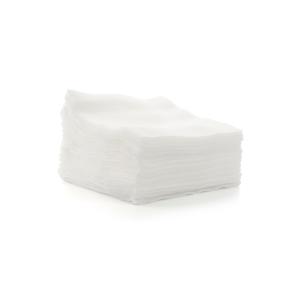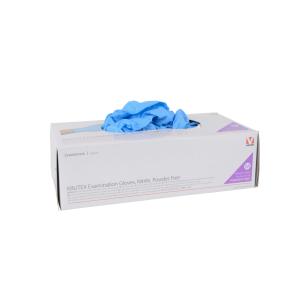
Popular Categories
Spotlight

KRUUSE Super-Absorb, 10 x 10 cm, 10/pk
# 160319
Bandage size
10 x 10 cm

KRUUSE Non-sterile, Gauze Swabs, 10 x 10 cm, 8 ply, 17 threads, 100/pk
# 160123
Number of ply
8 ply
Knowledge
Find everything you need to know about sutures, wound care, postoperative care and more in the Knowledge section. You'll find articles, educational videos, webinars, catalogues and much more!



















